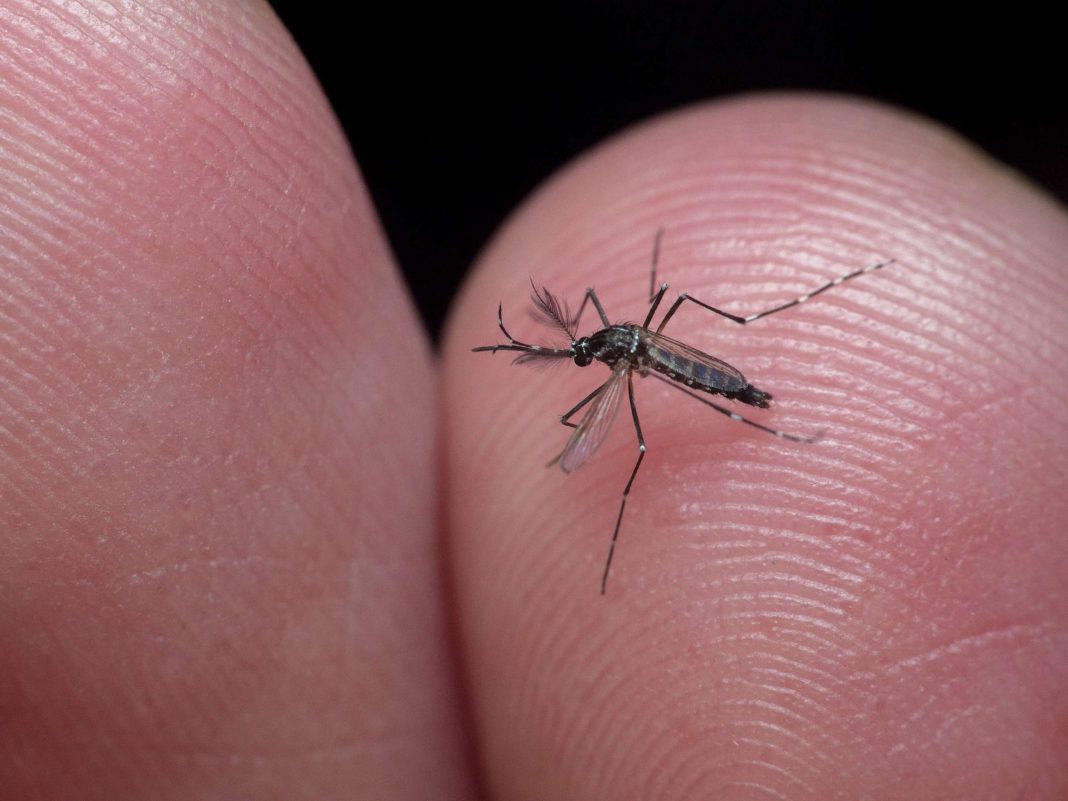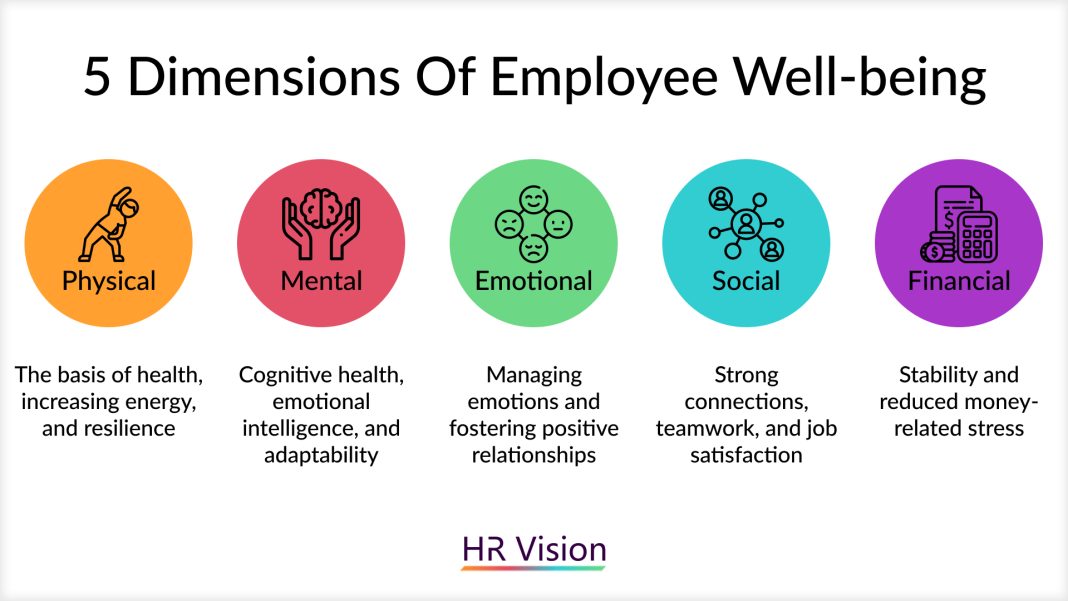
Title: Rising Threat of Eastern Equine Encephalitis (EEE) Sparks Concern in New Hampshire
Introduction:
The recent death of a 41-year-old man in Hampstead, New Hampshire due to Eastern Equine Encephalitis (EEE) has raised concerns about the spread of this rare but potentially deadly virus. As authorities grapple with the rising threat of EEE, it is important to understand the risks, preventive measures, and the current state of the virus in the region.
The Tragic Loss and Family’s Tribute:
Steven Scott Perry, a beloved resident of Hampstead, recently succumbed to a sudden and rare brain infection caused by EEE. Perry’s family, in an obituary, expressed their grief and remembered him for his warmth, spirit, and the love he shared with all who knew him. This tragic incident emphasizes the urgency of addressing the growing threat of EEE.
The Spread of EEE and Lack of Information:
Although New Hampshire had not recorded a human case of EEE since 2014, Perry’s death has reignited concerns about the virus. State officials confirmed Perry’s cause of death but were unable to determine where he was infected. The lack of information regarding the source of infection highlights the need for increased surveillance and preventive measures.
The Virulence and Impact of EEE:
Eastern Equine Encephalitis is a rare but potentially deadly virus transmitted through bites from infected mosquitoes. According to the Centers for Disease Control and Prevention (CDC), approximately 30% of those infected with EEE die. The seriousness of the virus calls for prompt action to mitigate its spread.
Monitoring and Prevention Efforts:
The New Hampshire Department of Health and Human Services diligently tracks the spread of EEE, as well as other mosquito-borne viruses such as West Nile Virus and Jamestown Canyon Virus. Recent updates from the department have raised the risk level for these illnesses in communities near Lake Winnipesaukee and along the Massachusetts border. Expert surveillance is crucial in identifying areas at higher risk and implementing appropriate preventive measures.
Public Concern and Protective Measures:
Residents, like Madisen Garvey, express their fear and concern, particularly parents who understand the impact on their children’s health. The threat of EEE has prompted discussions about limiting outdoor activities and staying indoors. However, experts advise taking proactive measures to protect against mosquito bites, such as using bug spray, wearing long sleeves and pants, and avoiding outdoor activities during peak mosquito hours.
Regional Impact and Collaborative Response:
Beyond New Hampshire, neighboring states have also reported human cases of EEE, including Vermont and Massachusetts. While New Hampshire officials currently do not plan to spray anti-mosquito pesticides, Massachusetts has already taken action, distributing pesticides in affected areas. This highlights the importance of a coordinated and proactive regional response to combat the spread of EEE.
Vulnerable Groups and Long-Term Risks:
Experts emphasize that individuals over the age of 50 and young children are at the greatest risk from EEE. With the mosquito season expected to last until frost, it is crucial to remain vigilant and take necessary precautions. This includes continued use of bug repellent, wearing appropriate clothing, and avoiding mosquito-infested areas.
Conclusion:
The recent death due to Eastern Equine Encephalitis in New Hampshire serves as a stark reminder of the importance of understanding and addressing the risks associated with mosquito-borne diseases. Public health officials, in collaboration with residents, must prioritize surveillance, preventive measures, and education to mitigate the risk of EEE. Proactive efforts and community awareness are key to protecting vulnerable populations and ensuring a safer environment for all.

